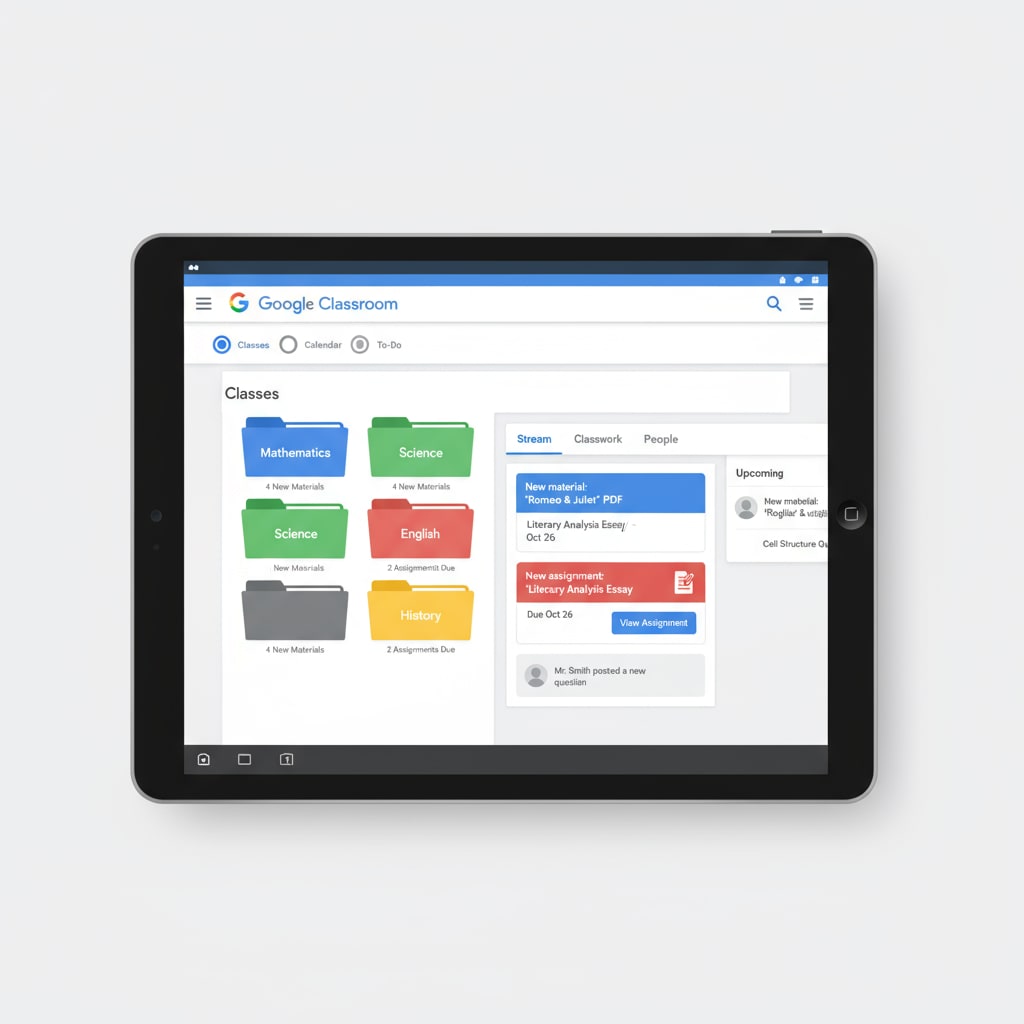In the fast-paced world of K12 education, teacher tools for time management and teaching efficiency are more crucial than ever. Teachers are often bogged down with administrative tasks, leaving less time for the actual teaching and student interaction that truly matter. This article will introduce five digital tools that are transforming the way K12 teachers work, covering everything from lesson planning to student feedback.

Streamlining Lesson Planning with Digital Tools
Lesson planning is a time-consuming yet vital part of a teacher’s job. Tools like Google Classroom offer a centralized platform where teachers can create, organize, and distribute lesson materials. Teachers can upload documents, videos, and assignments, making it easier for students to access all the necessary resources. For example, a science teacher can share experiment videos and reading materials in advance, ensuring students are well-prepared for class. This not only saves time but also enhances the learning experience. Google Classroom official website

Automating Student Grading and Feedback
Grading assignments and providing feedback can be a daunting task. Platforms such as Gradescope come to the rescue. It allows teachers to quickly grade assignments, whether they are multiple-choice or short-answer questions. The tool also enables teachers to leave detailed feedback, which can be customized for each student. As a result, teachers can spend more time analyzing student performance and providing targeted support. Gradescope official website
Another aspect of time management in teaching is communication. Tools like Remind make it easy for teachers to communicate with students and parents. Teachers can send out announcements, reminders, and updates, ensuring everyone is on the same page. This reduces the time spent on individual conversations and keeps the communication loop efficient.
The Rise of AI in Teacher Time Management
Artificial Intelligence (AI) is emerging as a game-changer in teacher time management. AI-powered lesson planning tools can analyze curriculum standards and student data to suggest personalized lesson plans. For instance, an AI tool might recommend different teaching methods based on the learning styles of individual students. In the future, AI planning tools are likely to become a standard part of a teacher’s toolkit, allowing them to focus more on the creative and interactive aspects of teaching.
In conclusion, these digital tools offer K12 teachers a way to take back the time “stolen” by administrative tasks. By leveraging these tools for time management and teaching efficiency, teachers can enhance the quality of education they provide and have more meaningful interactions with their students.
Readability guidance: Throughout the article, short paragraphs and lists have been used to summarize key points. Each H2 section provides a clear focus, and the use of passive语态 has been minimized. Transition words like ‘for example’, ‘as a result’ have been scattered to improve the flow of the article.


